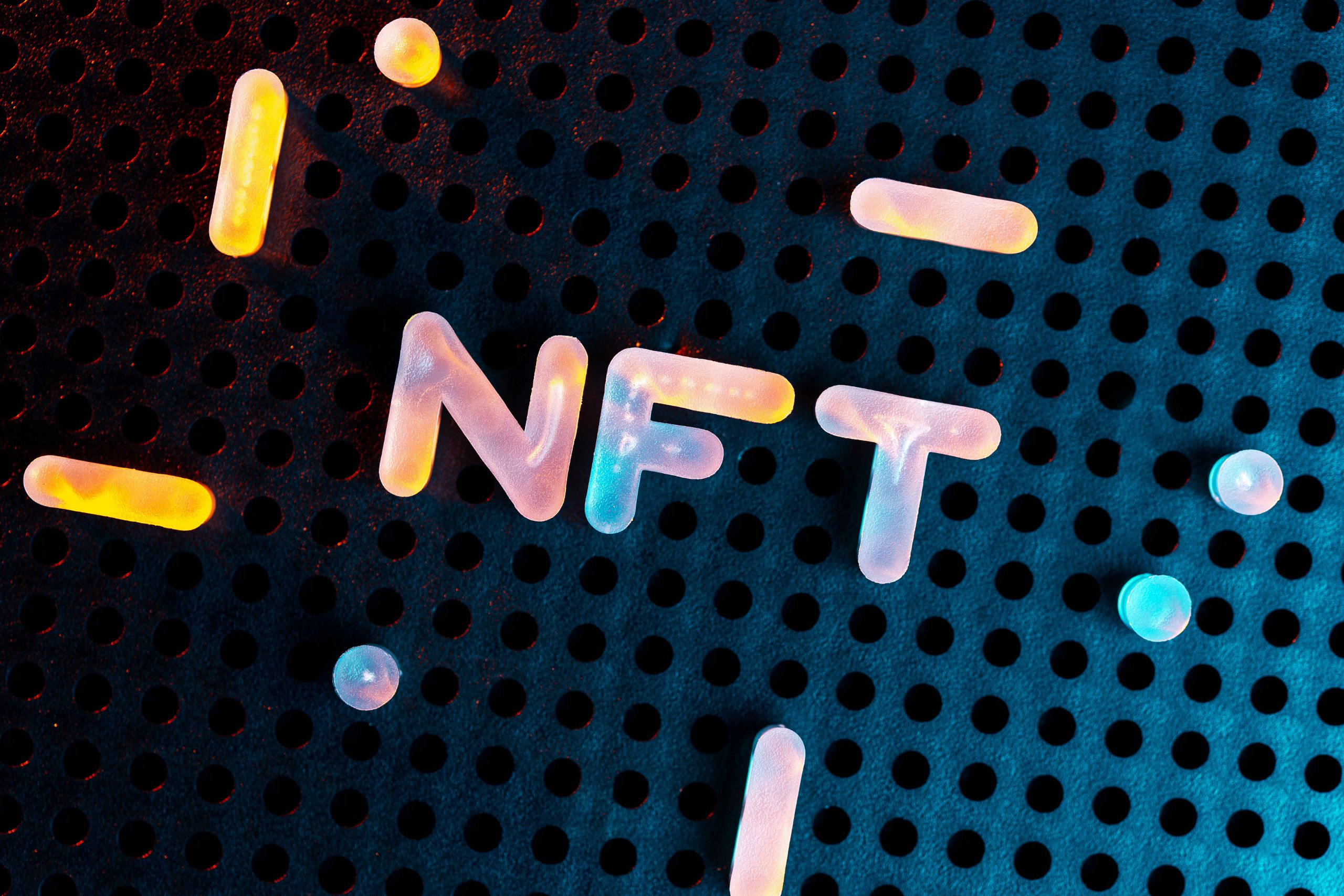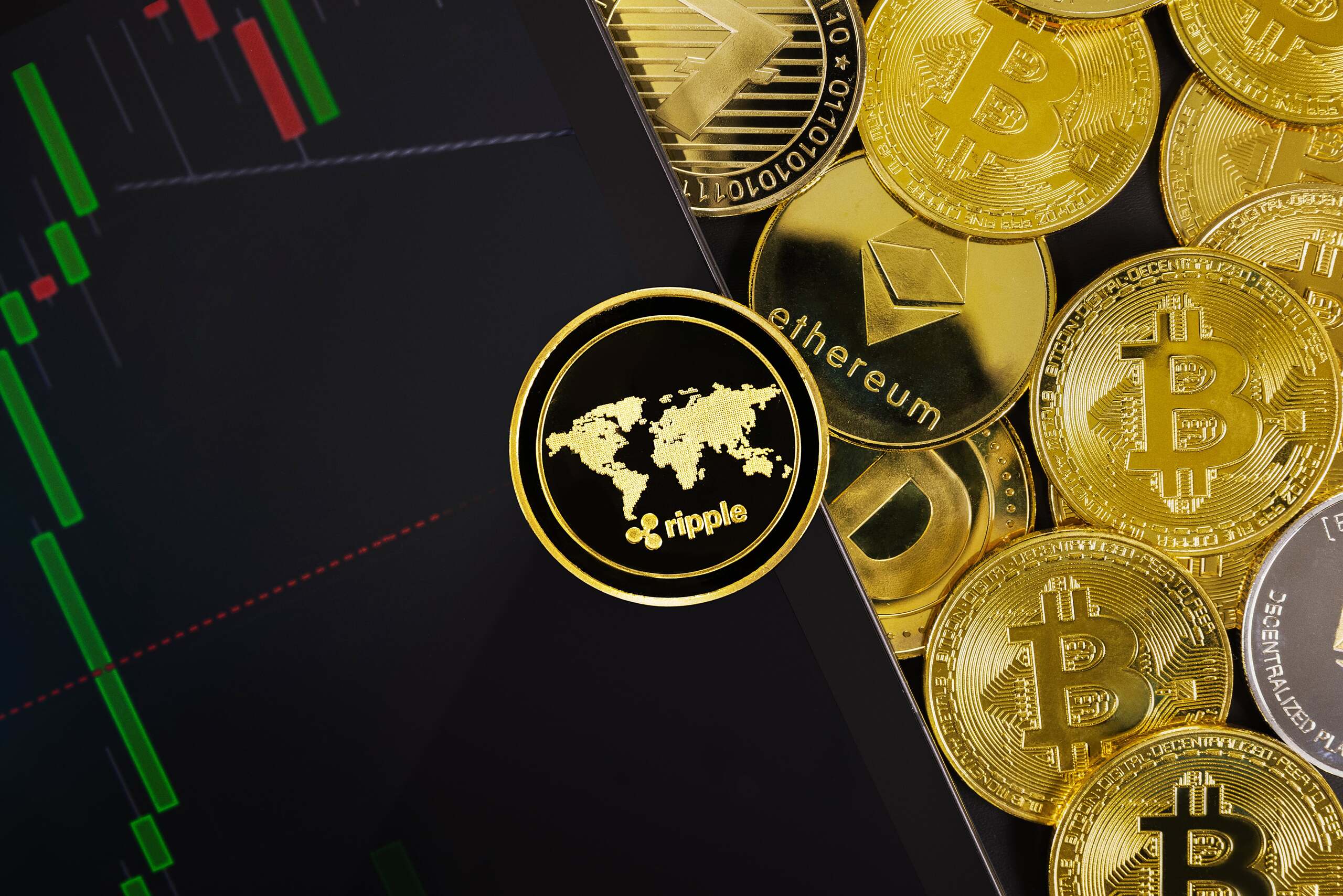With the emergence of Non-Fungible Tokens (NFTs), the digital scene undergoes a major transformation wherein original digital assets are exchanged on blockchain technology. NFTs have particular importance in the virtual world as they reflect ownership of unique objects unlike bitcoins, which are interchangeable. Demand for the NFT market has surged as digital art and collectibles proliferate as makers and artists use this new medium to show and make money off of their works. Confirming digital assets is redefining traditional concepts of value and ownership and empowering artists heretofore unheard-of control over their creative output. Collectors are similarly empowered as they may now purchase valuable digital artworks and collectibles with possible appreciation. The junction of technology and creativity keeps opening new paths for creative expression, therefore supporting a dynamic network of digital producers and collectors. Readers of this paper should anticipate a closer investigation of these changing processes.
Empowering Digital Artists with Ownership and Royalties
By letting digital artists tokenize their works, NFTs let them to turn their creations into distinctive digital assets with proven ownership. Every NFT is locked on a blockchain to guarantee authenticity and provenance, therefore addressing problems of copyright infringement and forgeries.
The potential of NFTs to let creators earn royalties on next sales is one of its main benefits. Embedded inside the NFTs, smart contracts guarantee artists get a share of earnings each time their work is resold. This technique generates continuous income sources, therefore offering financial advantages continuing beyond the first transaction.
Moreover, the emergence of NFTs changes power from conventional venues to the artists themselves. Direct connection between artists and their audience allows them to sell their works without middlemen, therefore lowering costs and improving profit margins. This more fair creative ecology created by more autonomy helps artists to keep control not just of their work but also of their income. For digital artists, NFTs therefore constitute a major development in terms of ownership, fair reward, and direct market interaction.
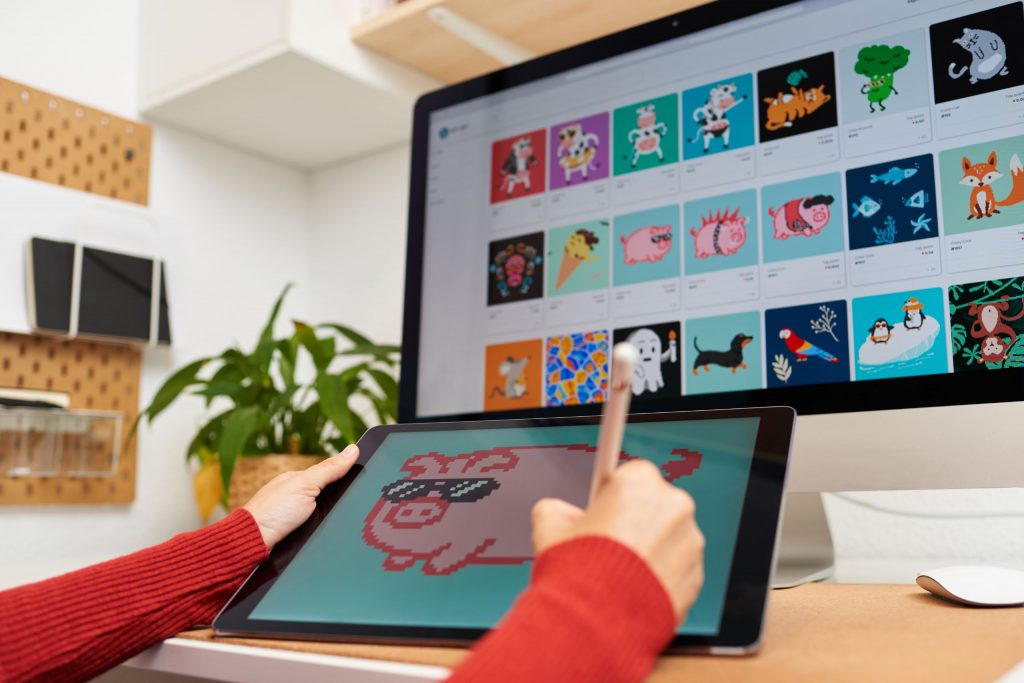
Creating Scarcity and Value in a Digital World
By bringing the idea of scarcity, non-fungible tokens, or NFTs, transform the scene of digital art. In a world where digital files may be copied with ease, NFTs provide original ownership credentials using blockchain technology. This originality makes one-of- a-kind limited-edition works or solo pieces very sought-after NFT market assets.
These digital artworks have value because they are rare. Setting a limited number of editions allows artists to create a feeling of exclusiveness that stimulates demand. These few pieces are regarded as valuable by collectors, so their market value is much raised.
Value of digital assets also depends much on the psychology of ownership. Having a distinctive digital item improves one’s identification and standing among peers in an era of always available information. Collectors choose artwork as well as a feeling of community within a certain culture.
NFTs provide a new viewpoint wherein value and scarcity meet to allow digital artists to flourish while collectors spend on one-of-a-kind items appealing to personal relevance and social status.
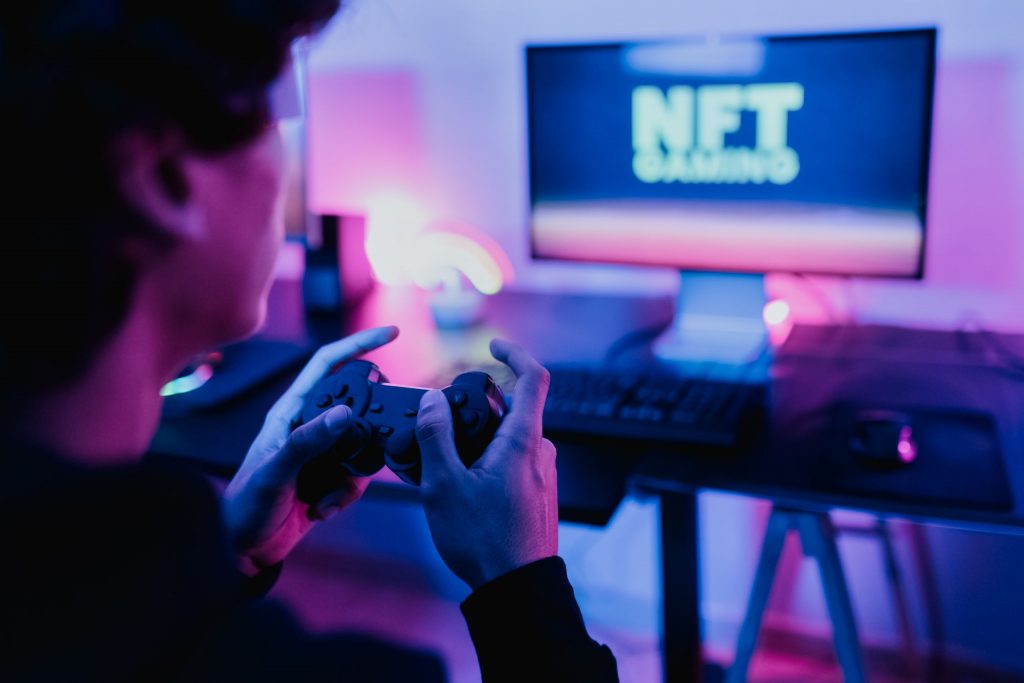
Expanding the Digital Collectibles Ecosystem
NFTs are fundamentally changing the collectibles industry and adding a fresh perspective on value exchange and perception. Projects like Sorare let users gather, exchange, and utilize legally licensed cards including athletes from many sports, therefore digital trading cards have become popular. Platforms like Decentraland and The Sandbox have made possible buyers, sellers, and developers of virtual properties—which have converted land ownership into a digital asset.
Prominent NFT projects include Bored Ape Yacht Club and CryptoPunks, which have generated trends by offering limited, unique digital avatars that have become into status symbols on internet forums. Apart from millions of sales, these projects have produced dedicated followings that influence the overall dynamics of the industry.
Moreover, NFTs increase fan interaction by providing original, rare, and personalized digital content. Fans might create unique events using artwork linked to their favorite players or teams or highlight films. Rising interaction of NFTs and fandom is expanding the digital collectibles ecosystem and creating a new market where ownership and connections are closely linked.
Fostering New Creative Communities and Collaboration
By use of distributed platforms, NFTs are transforming the interactions among producers, collectors, and investors. These sites provide direct access to purchasers without middlemen, therefore allowing artists to tokenize their work. While collectors get special ownership of digital items, this change helps artists to keep control over their work and income.
The NFT facility also encourages possible joint projects involving musicians, companies, and artists. Using blockchain technology allows producers to combine their skills and produce multidisciplinary projects appealing to different audiences. This cooperative attitude not only increases market reach for all the players but also stimulates innovation.
Furthermore creating new online communities based on creativity, art, and common experiences are NFTs. Engagement is what these groups live on; members may talk, criticize, and applaud all kinds of creative activity. By use of virtual galleries and digital concerts, people gather to create enduring relationships anchored on common interests.
Leading artists, collectors, and investors together, NFTs are helping to create new creative ecosystems that support digital era community-building and collaboration.
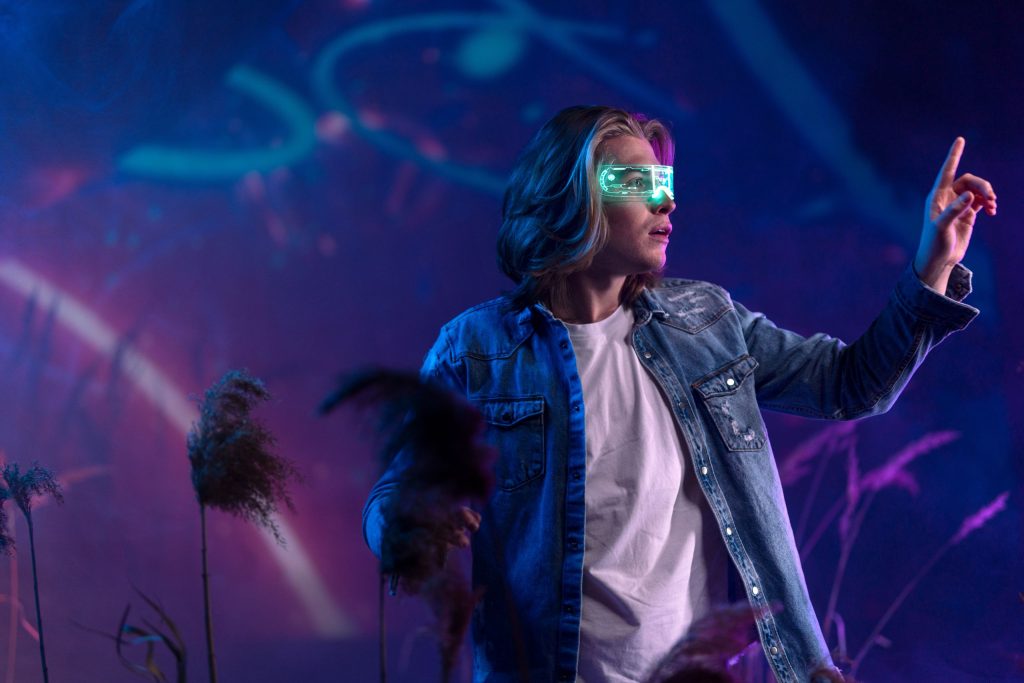
Conclusion
By adding verifiable ownership and provenance, NFTs are transforming the digital art and collectibles market and letting collectors to invest in one-of-a-kind digital assets so artists may more successfully profit from their creations. This change creates a new environment where uniqueness and rarity are highly valued and draws both renowned artists and fresh potential. NFTs have the ability to progressively change ideas of ownership, value, and creativity as technology develops, therefore enabling people to participate in creative ways with art and collectibles. As NFTs may transcend art into other spheres like music, fashion, and virtual real estate, thus encouraging a societal change surrounding digital ownership. Readers are urged to explore the realm of NFTs not only as a creative release but also as a transforming environment redefining how value is seen and traded in the digital era.


